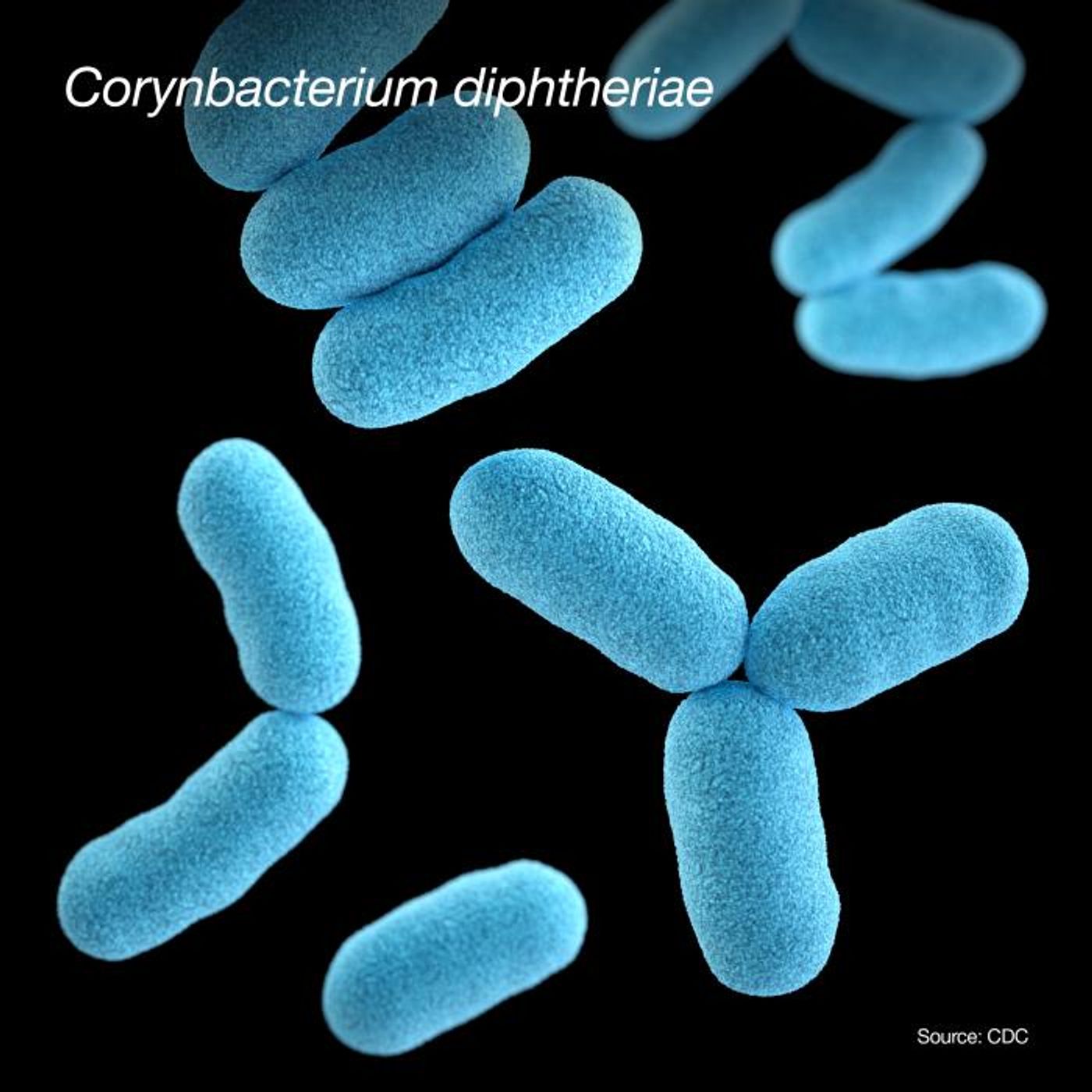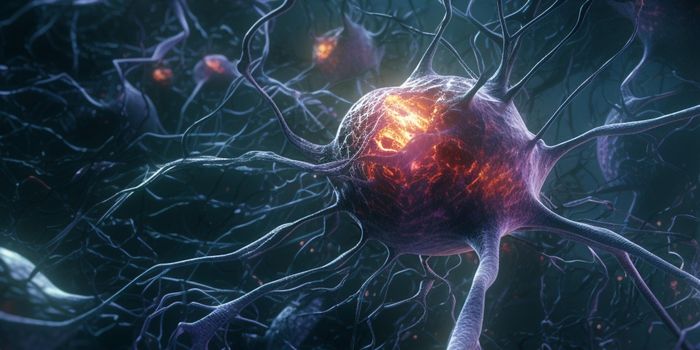As Diphtheria Cases Rise & More Become Drug Resistant, It May Become a Threat
Diphtheria was once a leading cause of death for children; immunization programs eventually changed that for most countries. But the bacterial infection still occurs in low- and middle-income countries, and it's becoming more prevalent. Researchers are now warning that the bacterium that causes diphtheria is evolving resistance to a number of antibiotics and that it has the potential to become resistant to the vaccine in the future. A reduction in diphtheria vaccines due to the COVID-19 pandemic, along with the rise in infections, could make the disease a threat.
"It's more important than ever that we understand how diphtheria is evolving and spreading. Genome sequencing gives us a powerful tool for observing this in real-time, allowing public health agencies to take action before it's too late," noted study leader Dr. Ankur Mutreja of the Cambridge Institute of Therapeutic Immunology and Infectious Disease (CITIID). "We mustn't take our eye off the ball with diphtheria, otherwise we risk it becoming a major global threat again, potentially in a modified, better adapted, form."
Diphtheria is caused by the bacterium Corynebacterium diphtheriae and spreads mostly through aerosol droplets from coughs and sneezes. Some forms of this bacterium cause illness by producing the diphtheria toxin; though not all do, they can still cause disease through systemic bacterial infections.
Reporting in Nature Communications, researchers mapped diphtheria infections and studied the genomic sequences of 61 bacteria that were isolated from patients. They combined these with 441 publicly available genomes to create a kind of family or phylogenetic tree for the pathogen, and antibiotic resistance genes they may have contained. The analysis showed that the bacteria had genetic similarities to Asian and European strains, suggesting that C. diphtheriae has been infecting people and spreading around the globe with us for more than a century.
The tox gene in C. diphtheriae is the target of vaccines. This work revealed that there are now 18 variants of this gene, some of which could alter the structure of the toxin.
"The diphtheria vaccine is designed to neutralize the toxin, so any genetic variants that change the toxin's structure could have an impact on how effective the vaccine is. While our data doesn't suggest the currently used vaccine will be ineffective, the fact that we are seeing an ever-increasing diversity of tox variants suggests that the vaccine, and treatments that target the toxin, need to be appraised on a regular basis," said Professor Gordon Dougan of CITIID.
While a number of different antibiotics including erythromycin and penicillin can be used to successfully treat diphtheria, some drug-resistant cases of C. diphtheriae have been reported. The extent of the spread of these microbes is still unknown. This work indicated that the average number of resistance genes per genome is rising and that bacteria isolated from 2010 to 2019 had nearly four times as many resistance genes per bacterial genome (on average) compared to the next highest number in a decade, the 1990s.
In 2018, there were 16,651 cases of diphtheria reported cases, more than double the annual average of 8,105 cases for the period from 1996 to 2017.
"The C. diphtheriae genome is complex and incredibly diverse. It's acquiring resistance to antibiotics that are not even clinically used in the treatment of diphtheria," noted first study author and CITIID graduate student Robert Will. "There must be other factors at play, such as asymptomatic infection and exposure to a plethora of antibiotics meant for treating other diseases."
"AMR (antimicrobial resistance) has rarely been considered as a major problem in the treatment of diphtheria, but in some parts of the world, the bacterial genomes are acquiring resistance to numerous classes of antibiotics," said Dr. Pankaj Bhatnagar of the World Health Organization country office for India. "There are likely to be a number of reasons to this, including exposure of the bacteria to antibiotics in their environment or in asymptomatic patients being treated against other infections."
Sources: AAAS/Eurekalert! via University of Cambridge, Nature Communications









